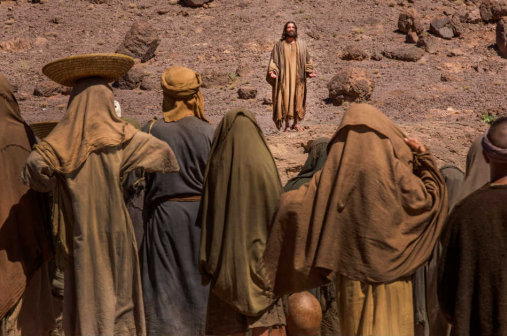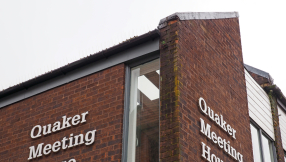
A UK professor working in Nazareth believes he has identified the home where Jesus was raised.
The structure was first identified by Sisters of Nazareth nuns in the 1880s, but University of Reading professor Ken Dark only recently researched the home's historic significance.
The house was cut into a limestone hillside, and made of mortar and stone. Dark dated it to the first century in 2006, and discovered that its past inhabitants believed Jesus had been raised there by Mary and Joseph.
"Was this the house where Jesus grew up? It is impossible to say on archaeological grounds," Dark said in an article published in the newest issue of Biblical Archaeology Review.
"On the other hand, there is no good archaeological reason why such an identification should be discounted."
Researchers found that the Church of the Nutrition was built over Jesus' supposed home for protection, and that the structure was covered in mosaics during the Byzantine Empire.
In the 12th century, the Crusaders repaired the damaged home, indicating that they also believed it was a religiously significant structure.
"Great efforts had been made to encompass the remains of this building within the vaulted cellars of both the Byzantine and Crusader churches, so that it was thereafter protected," Dark explained.
"Both the tombs and the house were decorated with mosaics in the Byzantine period, suggesting that they were of special importance, and possibly venerated."
Dark's Nazareth Archeological Project drew its conclusions from the notes and drawings by architect-turned-Jesuit priest Henri Senès, who visited the site in 1936, as well as notes from the nun's excavations.
The archaeologists also surveyed the site themselves, and reconstructed the site's development over the past 21 centuries.
Artifacts found in the home included cooking pots and limestone vessels, which some Jews believe cannot become impure. The home was abandoned sometime during the first century, and later used as a quarry and a burial ground. A tomb that cuts through the home may also be religiously significant.
"The tomb cutting through the house is today commonly called 'the Tomb of St. Joseph,' and it was certainly venerated in the Crusader period, so perhaps they thought it was the tomb of St. Joseph," Dark told Live Science.
"However, it is unlikely to be the actual tomb of St. Joseph, given that it dates to after the disuse of the house and localised quarrying in the first century."
Live Science reported that publication of more of the Nazareth Archaeological Project's findings is forthcoming.









